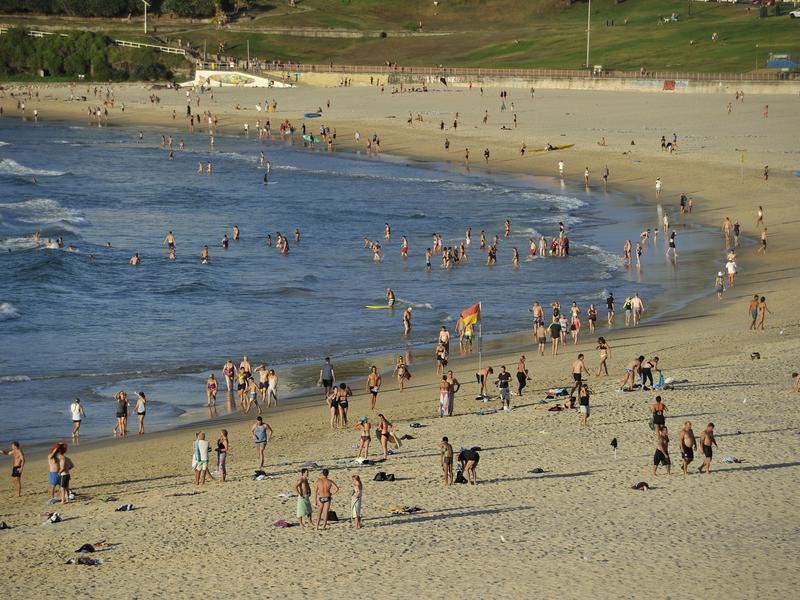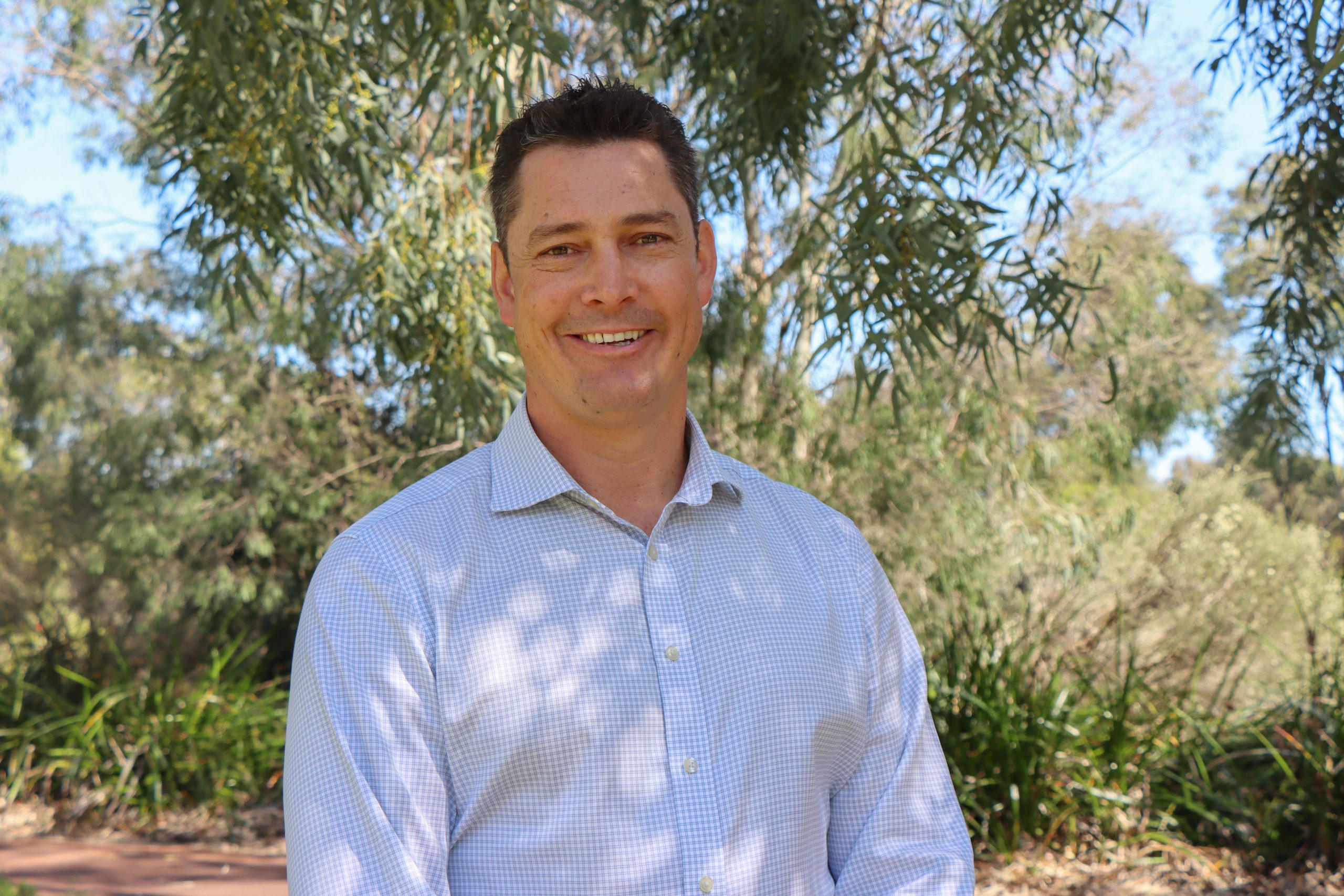Bureau confirms warm, dry summer forecast
Warmer and drier conditions will be more likely over spring and summer for parts of Australia, as the Bureau of Meteorology confirms both a positive Indian Ocean Dipole, and El Nino event are underway.
While an El Nino event doesn’t have a major impact on Western Australian weather on its own, BOM Climate Manager Dr Karl Braganza said when both El Nino and a positive Indian Ocean Dipole tend to draw rain away from Australia.
When they happen at the same time, the drying effect is typically stronger and more widespread across Australia.
“Over spring, their combined impact can increase the chance of below average rainfall over much of the continent and higher temperatures across the southern two-thirds of the country,” Dr Braganza said.
“The Bureau’s three-month forecast for Australian rainfall and temperature have been indicating warm and dry conditions for some time.”
“An established El Nino and positive IOD reinforces our confidence in those predictions. Based on history, it is now also more likely that warm and dry conditions will persist over eastern Australia until autumn.”
The Indian Ocean Dipole is defined by differences in sea surface temperature between the eastern and western sides of the Indian Ocean. At the moment, the sea off the African coast is 1.25C warmer than the sea around Indonesia, indicating a positive IOD.
Warmer ocean temperatures are what provide the moisture for the weather fronts and low pressure systems that hit the South West. With cooler seas on our side of the Indian Ocean, it means a drier summer ahead.
BOM Senior Climatologist Catherine Ganter said the Indian Ocean Dipole can have as large an influence on Australia’s rainfall and temperature as El Nino.
“A positive IOD often results in below average rainfall during spring for much of central and southern Australia and warmer than average maximum temperatures for the southern two-thirds of Australia,” Ms Ganter said.
“Similar to El Nino, the IOD describes a natural climate cycle brought about by sustained changes in the difference between sea surface temperatures in the tropical western and eastern Indian Ocean.”
Since 1960, when reliable records began for the IOD, there have been around 16 positive IOD and 15 El Nino years. Seven years have seen positive IOD and El Nino events happen at the same time. Southeastern Australia had its driest year on record in 1982 when the two events combined.



















